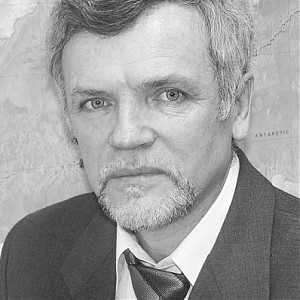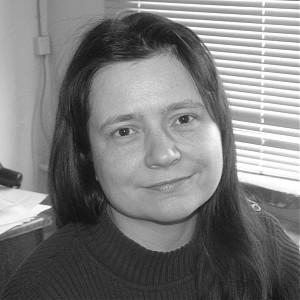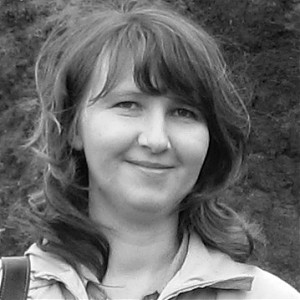Laboratory of Isotopy and Geochronology
Chief Sergei V. Rasskazov, Dr. Sci. (Geol.-Min.), Professor of Petrology and Volcanology.
The staff consists of 10 persons, among which are one doctor and four candidates of sciences.
The Laboratory was established in 1972 by S.B. Brandt. The 11-year period 1970-1980 was marked by the development of the K-Ar and subsequently by Rb-St and Pb-Pb dating methods. Outdated instruments were the basis for design of mass-spectrometer for measuring the isotopic composition of oxygen and carbon in waters and carbonates and for that of another one measuring deuterium in water and water of crystallization from minerals. The most important achievements during the period were Rb-Sr age determination of Udachnaya pipe in secondary mineralization near the contact, Sr-Pb-O-C isotope systematics of kimberlites, determination of low δD on water crystals, measuring δD values of serpentines, kimberlites and mica deposits of Siberia, evidence found for the Archaean age of granulites of the Aldan and Anabar shields, and theoretical design for isotope fractionation in van der Waals system, K-Ar dating technique, and others. In 1991, the Laboratory was joined with analytical subdivisions of the Institute into the Laboratory of Physical and Chemical Methods of Research, and yet it was reestablished in July 1996. In 1999, the investment credit made it possible to purchase a thermal ionization mass-spectrometer Finnigan MAT-262 for the Center of Multiple Access to the ISC SB RAS Analytical Equipment. The Laboratory became the base for installing the mass spectrometer. The other participants were isotopic laboratories of the Institute of Geochemistry SB RAS and Geological Institute BSC SB RAS.
In 2000-2008, the Laboratory worked on the following subjects:
- Reconstruction of paleogeodynamic settings of the Central Asian Foldbelt (northeastern segment); isotopic-geochemical and geochronological substantiation of geodynamic models (2000-2001).
- Construction geodynamic and thermochronological models from isotopic-geochemical data (2002-2003).
- Magmatism, lithogenesis and comparative geochronology of Inner and East Asia in the Meso-Cenozoic (in cooperation with the Laboratory of Lithogenesis and Stratigraphy) (2004-2006).
- Evolution of the Mesozoic and Cenozoic sedimentogenesis, biocenoses, magmatism and ore formation in Inner and East Asia (in cooperation with the Laboratory of Lithogenesis and Stratigraphy) (2007-2008).
The age brackets were assigned to the Late Mesozoic and Cenozoic tectonic movements and magmatism in Asia. The studies were conducted with a thin structure of hot lithosphere and sub-lithosphere mantle in the Cenozoic continental rift systems – Baikal, East-African and Rio-Grande, and the determination was made on the change in the ratio of mantle/crust component of magmatic melt in the evolution of continental magmatism. The rocks were dated using Rb-Sr, Pb-Pb, Ur-Pb and K-Ar techniques. Microelement composition of the rocks and minerals was determined by ICP-MS.
The co-projects were developed together with the scientists from USA (Massachusetts Institute of Technology, Smithson Institute, Geological Survey, and other organizations), Belgium (University of Brussels, Royal Museum for the Central Africa), Mongolia (Research Center of Astronomy and Geophysics MAS), and China (Institute of Geology and Geophysics CAS). Contacts were maintained with members of the institutes SB RAS and FEB RAS and geologists from “Buryatgeolkom” and other scientific and production organizations. During joint research, use has been made of analytical opportunities of other organizations, and the rock samples were dated by the 39Ar/40Ar method. The geochronometric measurements and the theory designed to explain argon diffusion provided the basis for studying crustal-block dynamics and recording parameters in relatively low-temperature range (lower than 3000 C).









